Sink siphon above the tap with a tap
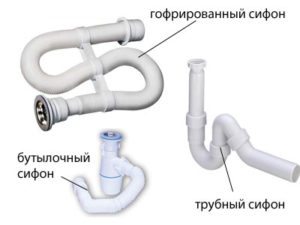 If you decide to install the washing machine in the bathroom, while hiding it under a special sink, you will definitely need a siphon for the sink with a drain for the washing machine. Without a siphon, you cannot drain the washbasin, let alone connect the washing machine to the sewers, so we decided to devote this publication to siphons. We hope that we will help you choose and install the right plumbing fixture by organizing a normal discharge of waste water into the sewer.
If you decide to install the washing machine in the bathroom, while hiding it under a special sink, you will definitely need a siphon for the sink with a drain for the washing machine. Without a siphon, you cannot drain the washbasin, let alone connect the washing machine to the sewers, so we decided to devote this publication to siphons. We hope that we will help you choose and install the right plumbing fixture by organizing a normal discharge of waste water into the sewer.
Varieties
In today's market you can find a very large number of different siphons that differ from each other: in size, number of taps, shape, installation, and so on. If this is your first time encountering the need to install a washing machine under the sink in the bathroom, it is very important to choose a suitable siphon, which not only allows you to organize a connection to the sewer and sink, and the machine, but also does not hinder the proper placement of the washing machine.
Sometimes siphons have such a strange appearance that it is even impossible to understand what kind of plumbing fixture it is and how it can be used.
The fact is that a regular siphon is located strictly under the sink and takes up a lot of space. And if we decide to put the washing machine neither on the left nor on the right of the sink, but it is certain that difficulties may arise under it. But let's not get ahead of ourselves, but first we’ll deal with the question, what are the siphons that can potentially be useful in our case?
Conventional siphon with tap. In the picture below you can see it. It is no different from the usual sink siphon, with the exception of a special lateral outlet to which the drain hose of the washing machine is connected. Such siphons are very common, but they are not suitable for our purpose. They can be used only when installing the washing machine under the sink with a countertop, and even then with a high degree of conventionality.
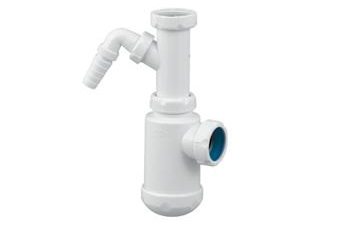
Siphon splitter. A very simple plumbing fixture that helps organize a double connection to the sewer. It consists of a plastic tee, one output of which is connected to the sewer, and corrugated hoses are inserted into the other two. One hose will go from the washing machine, and the other from the sink.
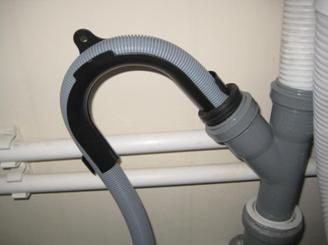
Siphon built into the wall. This is the most compact of all siphons, since its "body" is walled up in the wall along with the sewer pipe, and only a small part of the body and outlets for connecting the drain hose of the washing machine and the hose installed on the sink drain come out. In the figure below, you see the built-in siphon with one tap, but there are exactly the same models with two or even three taps.
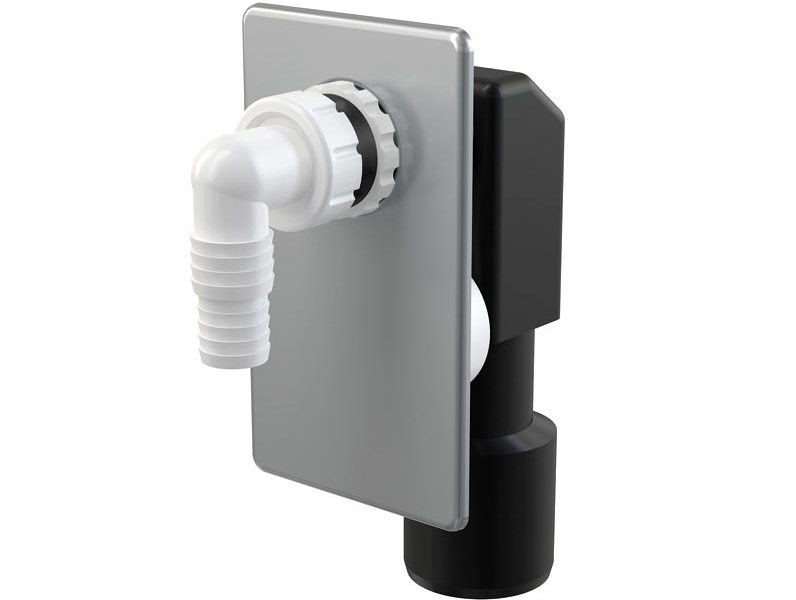
Check valve device. Such siphons appeared relatively recently, but have already managed to gain popularity among plumbers, who increasingly began to use them. The non-return valve prevents wastewater from the sewer from rushing into the washing machine and rising up to drain the sink in case of clogging of the pipe.
For people living on the first floors of apartment buildings such siphons became a real salvation, they would have thought up such a valve on the toilet, and in general it would have been “super”!
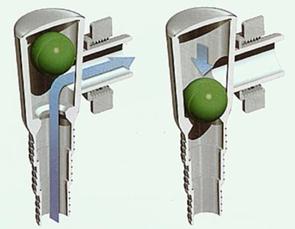
Flat siphon. It is specially designed for cases where the washing machine is located exactly under the sink and the distance between the washing machine cover and the bottom of the sink is minimal. Recently, such plumbing elements have been used very widely because of their compactness and ease of installation.
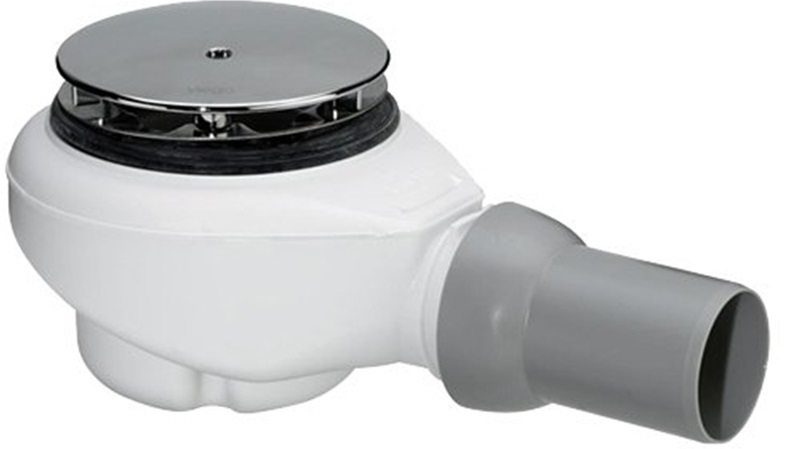
Why are they needed and how do they work?
Everyone knows that the siphon is necessary for organizing the discharge of waste water from the sink, washing machine, dishwasher and other equipment into the sewer, this is undoubtedly the main purpose of this plumbing element. However, one should not forget that this is far from the only task that he successfully performs.
- A properly installed siphon creates a good barrier to unpleasant odors that can potentially enter the sewer pipe into the room.
- This plumbing part is designed so that a rather large amount of various debris settles in it, which may well clog the sewer pipe. You can remove debris from the siphon with a “flick of the wrist” by unscrewing the drive, but it will not be possible to clean the pipe from the swoop.
- The siphon outlet is connected to its body at an angle, which allows you to connect the drain hose of the washing machine only with a bend. This bend, in turn, facilitates the operation of the pump and prevents the "siphon effect".
Some of our masters joked, calling the siphon a “sewage router,” perhaps there is some truth in this joke.
Mounting Features
Installing a sink over a washing machine with overflow has a lot of features. If you want to study this process in detail, read the article installing a washing machine under the sink. Within the framework of this paragraph, we will only touch upon the question of installing a siphon, although in our opinion there is nothing complicated in this process, everything is intuitively clear.
A sink with overflow can be kept by a sink or countertop, hanging on special wall mounts. To select and install a siphon, it is important for us to know only the estimated location of the washing machine relative to the sink.
- The washing machine is located exactly under the sink. Choose a flat siphon or built-in wall. We fasten a flat siphon to the sink drain. We insert a corrugated hose into one branch, the other end of which, we have already threaded into the sewer pipe. In the second branch we insert the drain hose of the washing machine and fix it with a clamp - installation is complete.
- The washing machine is located to the left or right of the sink under the countertop. Theoretically, you can use any siphon with a tap for the washing machine, but you need to consider that the space under the sink will be open and the siphon itself will also be visible “in all its glory”, so there is a reason to choose a model that is built into the wall.
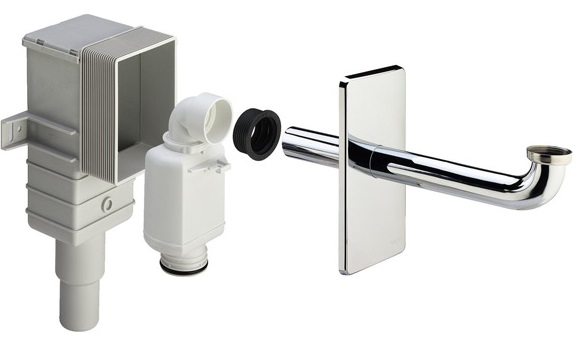
- The washing machine stands under a long worktop at a respectful distance from the sink. In this case, any siphon is also suitable, if only it does not spoil the aesthetics of the room, but there is one peculiarity, since the washing machine is far from the sink, the length of its regular drain hose may not be enough to connect it to the siphon. You have to buy an elongated hose and install it instead of the standard one.
In conclusion, we note that in order to install a sink siphon over a washing machine with a mental tap, you don’t need much, and almost no tools are needed, but choosing the right siphon is often difficult. We hope, based on the above information, you will make the right choice, good luck!
Interesting:
Reader Comments
- Share your opinion - leave a comment
Headings
Washing machine repair


For buyers
For users

Dishwasher

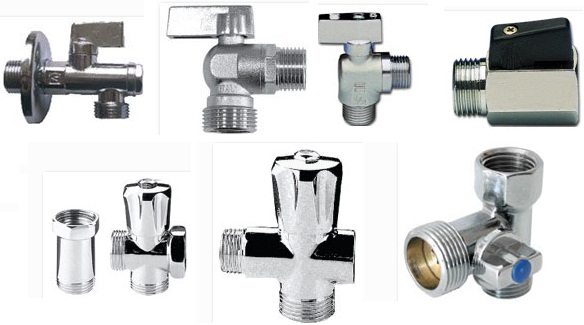
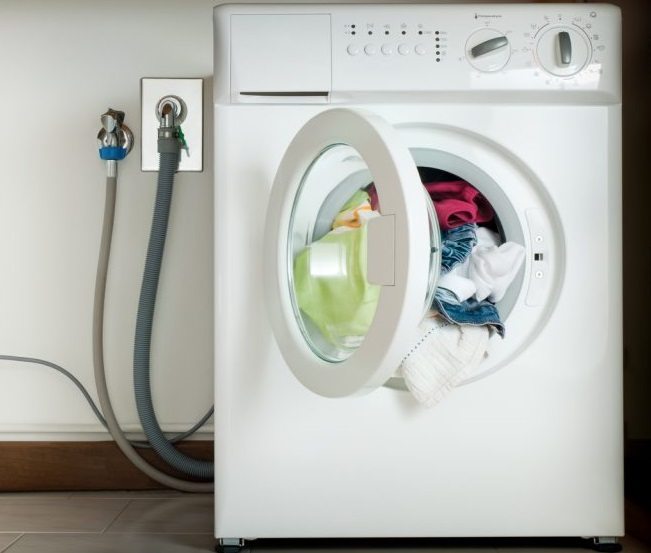
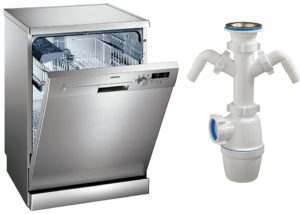
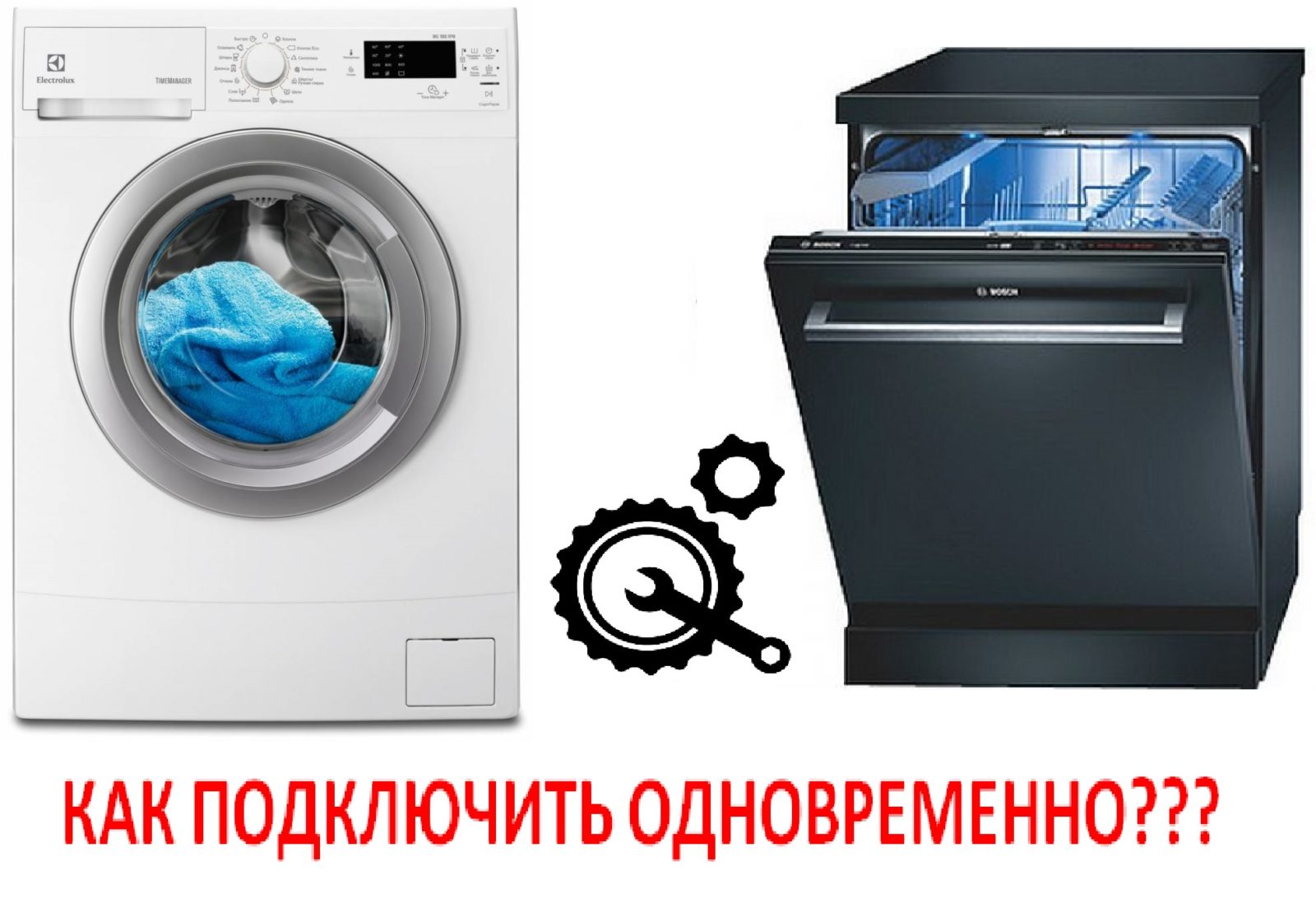
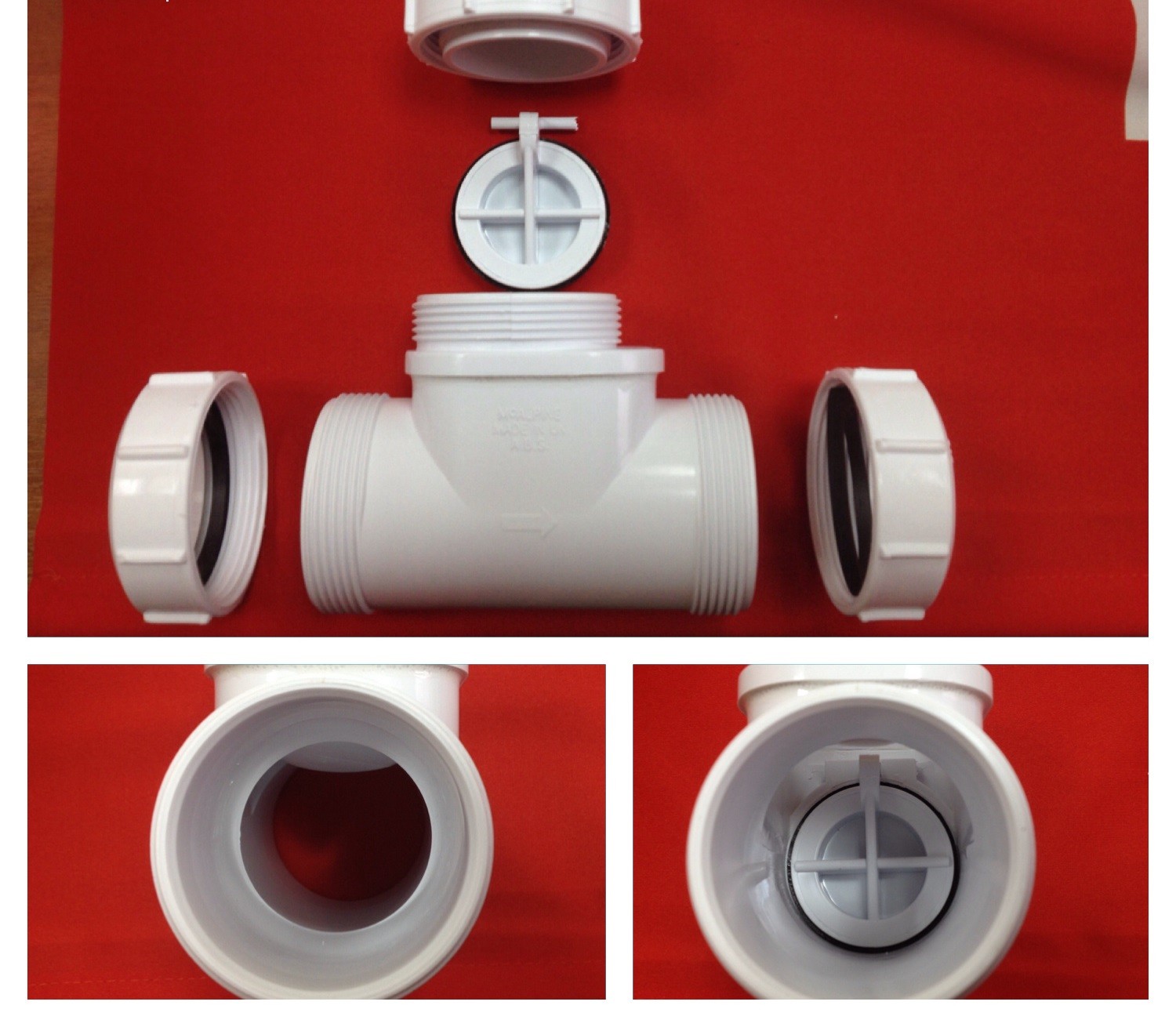
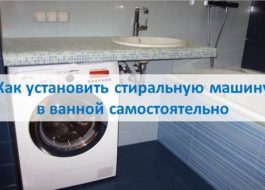











Add a comment